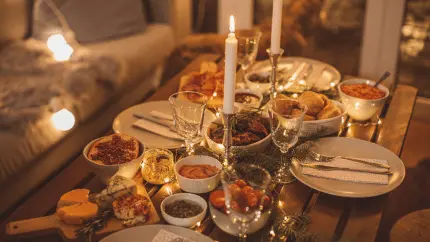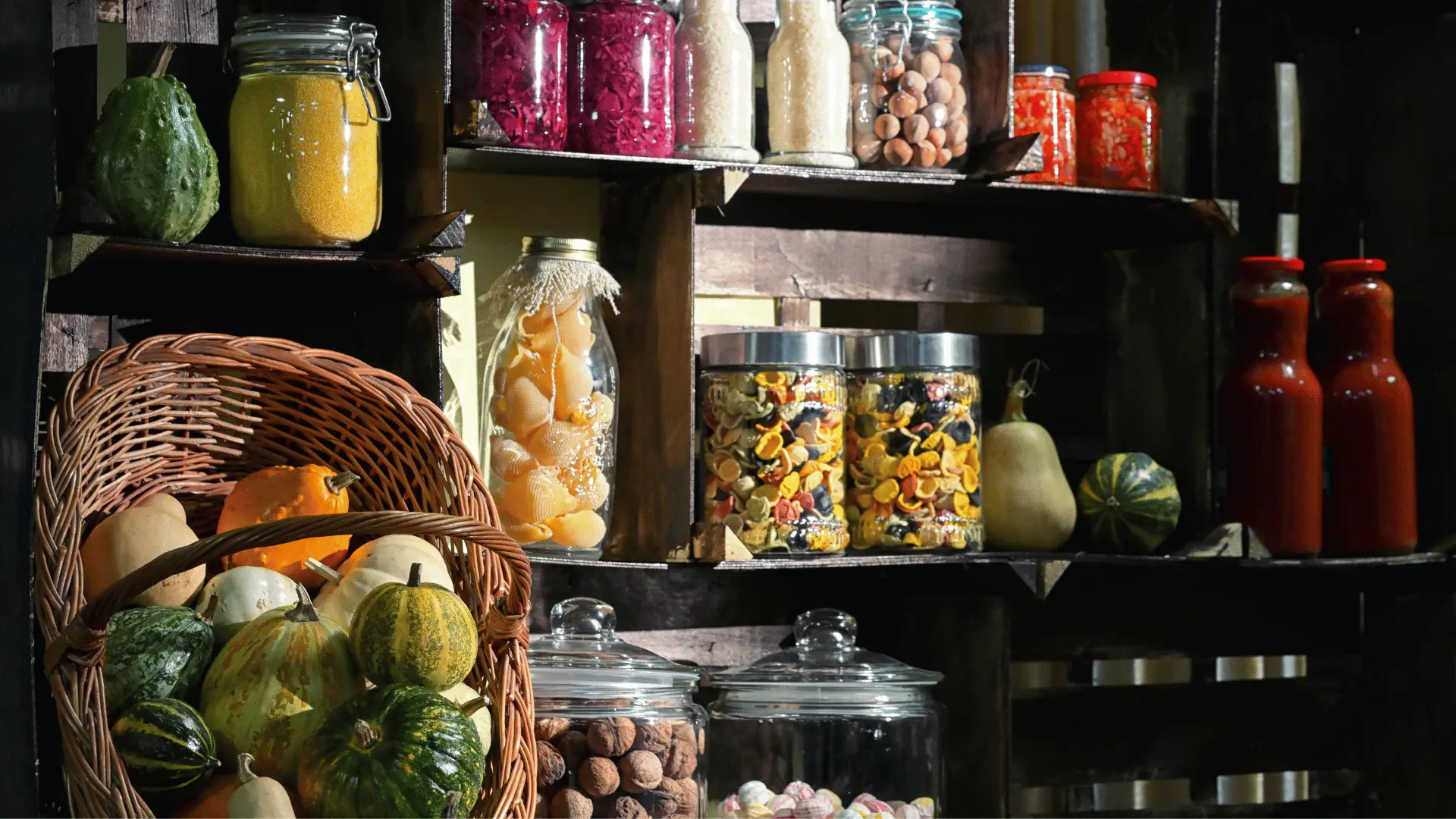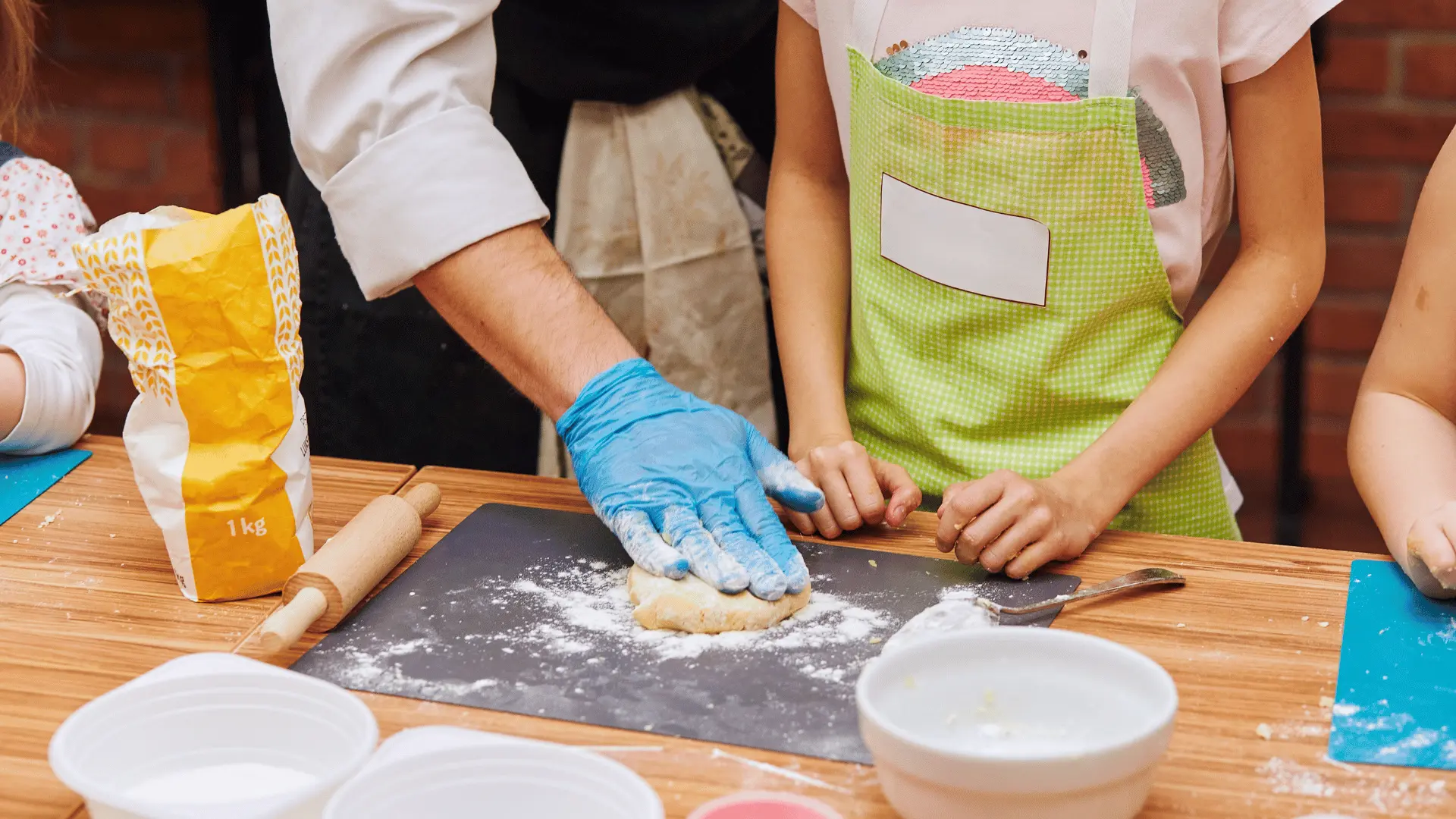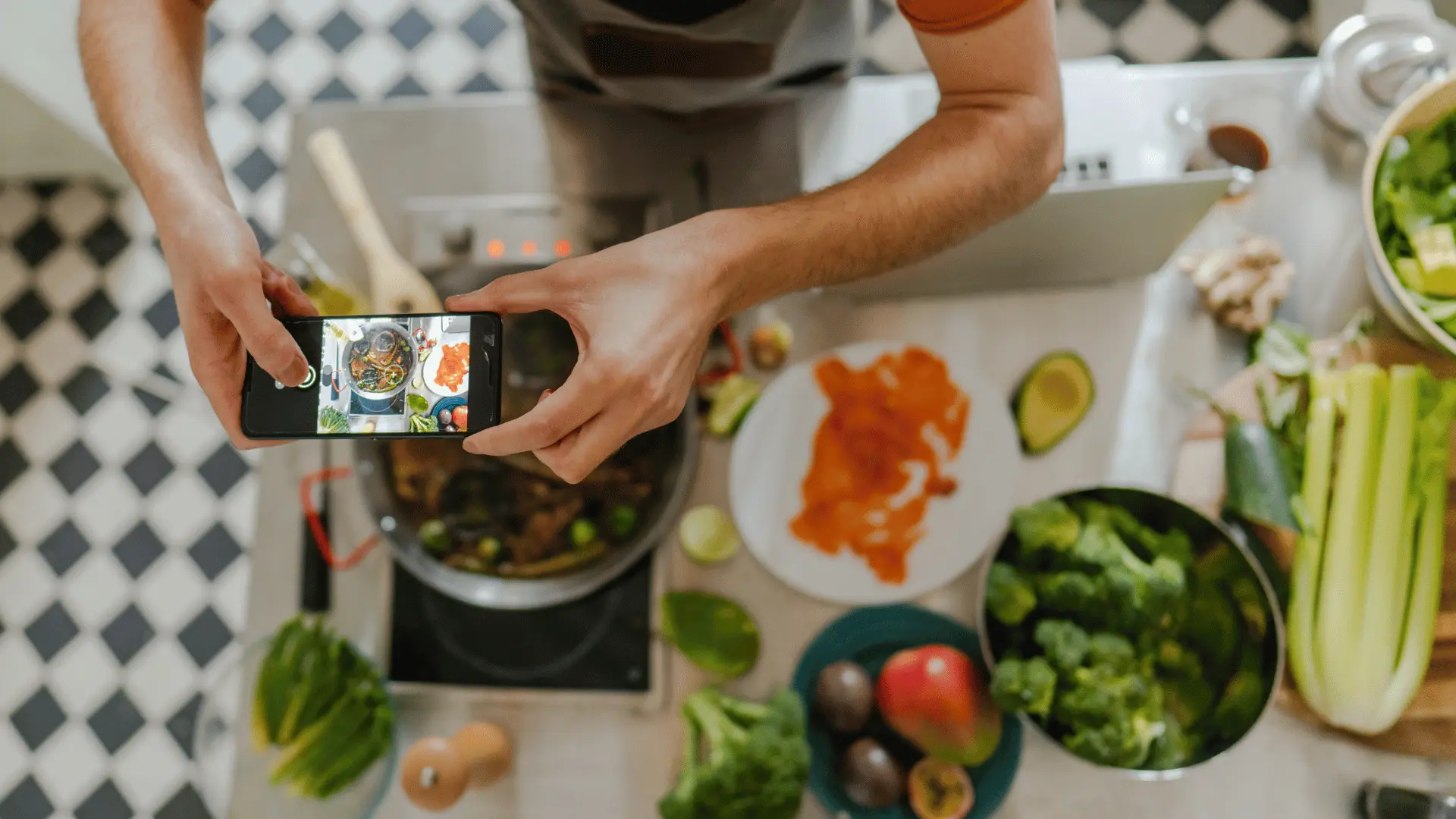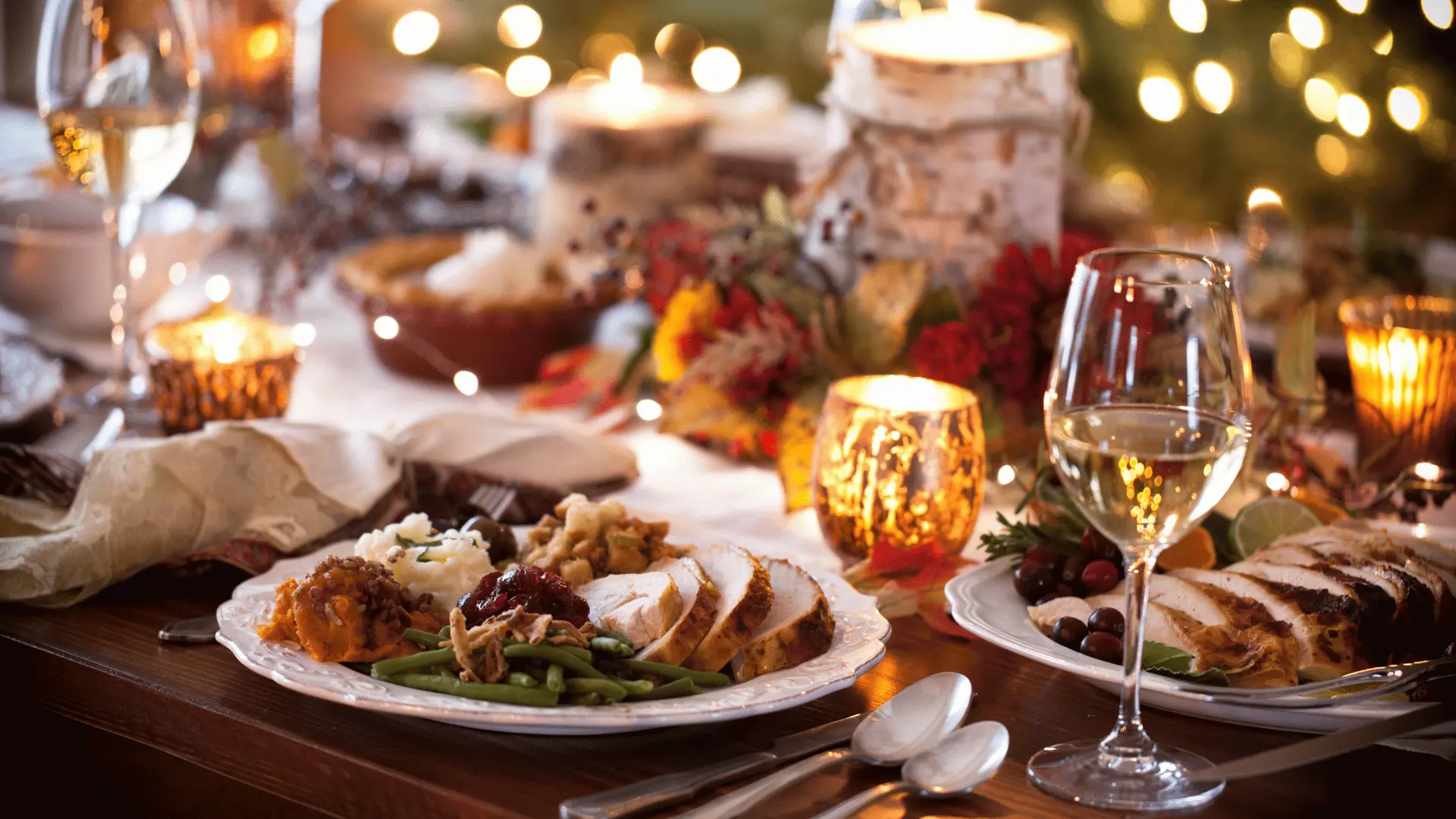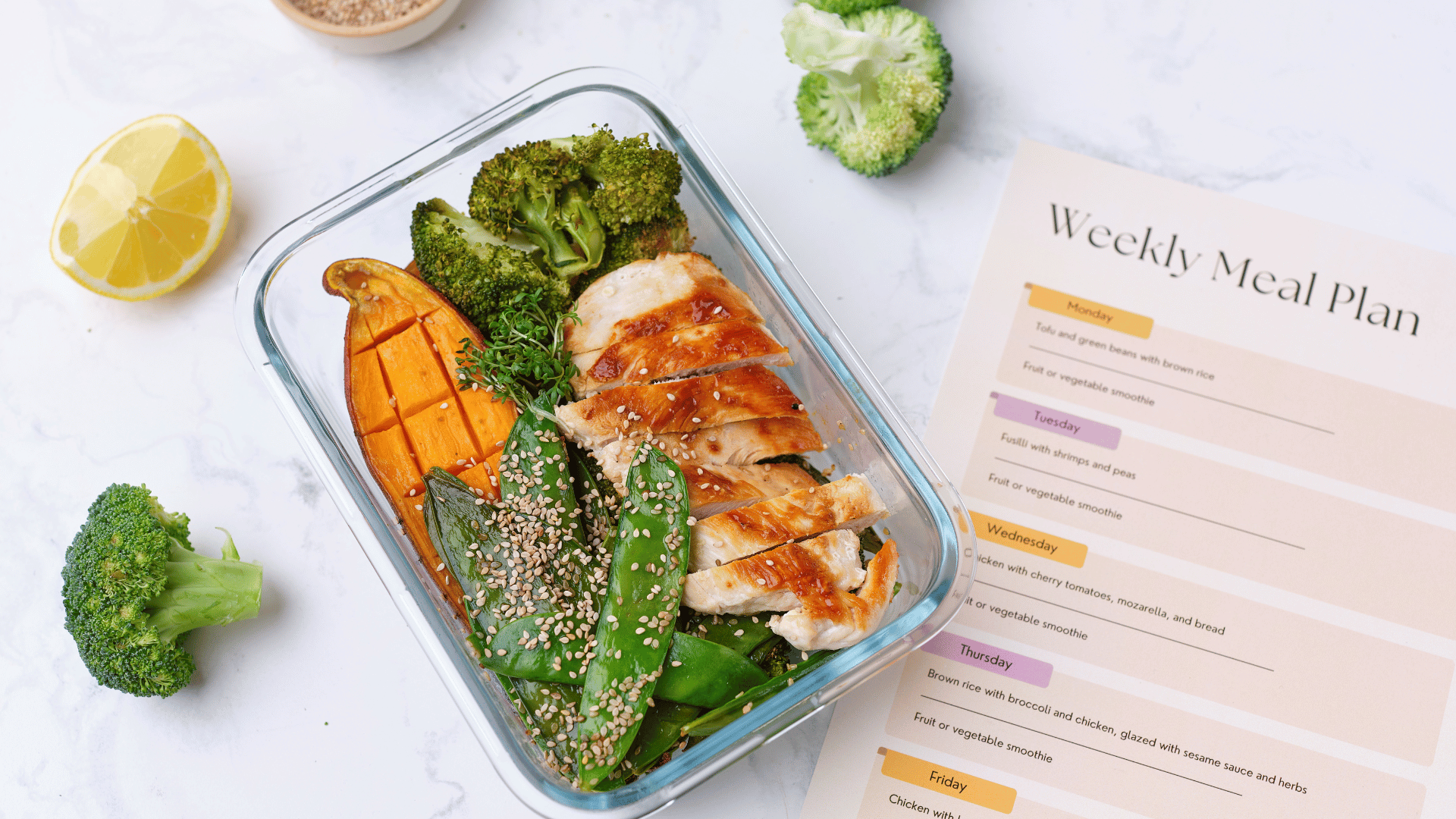
How to Plan Holiday Meals Without the Last-Minute Scramble
The holidays should smell like cinnamon, butter, and roasted herbs—not panic. Yet every year, many of us find ourselves sprinting through crowded stores on Thanksgiving morning, juggling oven space on Christmas Eve, and texting guests for the third time about who’s bringing rolls. It doesn’t have to be that way. With a clear plan—and a few smart habits—you can trade the last-minute scramble for a season that actually feels festive.
Below is a practical, friendly blueprint to help you plan holiday meals with confidence. We’ll walk through a simple timeline, make-ahead strategies, and how to use Recipe Memory to keep everything (and everyone) organized. Whether you’re hosting a full Thanksgiving feast, a Christmas brunch, or a cozy New Year’s dinner, this playbook keeps the joy at the center.
Your Holiday Timeline: From Calm to Cook
Great holiday meals start before the oven ever turns on. Here’s a timeline that works for Thanksgiving, Christmas, Hanukkah, or any big gathering. Adjust dates to your holiday.
3–4 Weeks Out: Set the Foundation
- Choose your format: Sit-down dinner, buffet, or open-house grazing? The format guides your menu and equipment needs.
- Draft the guest list: Note headcount, kids vs. adults, and dietary needs (vegan, gluten-free, nut allergies). In Recipe Memory, create a Gathering, add guests, and record dietary notes so nothing gets missed.
- Pick your core menu: Anchor with 1–2 mains, 3–4 sides, 1–2 veggies, bread, and 1–2 desserts. Save these recipes to your Recipe Memory cookbook and slot them on your holiday calendar.
- Assign dishes: If it’s a potluck-style holiday, use Gatherings to assign recipes and avoid duplicates. Everyone sees the plan in one shared place.
2 Weeks Out: Lock the Plan, Shop Smart
- Finalize the menu: Confirm portions and serving sizes in Recipe Memory. This prevents the classic four-stuffings-no-salad scenario.
- Start your shopping list: Generate an auto-list from your planned recipes. Do a pantry audit first—spices, baking powder, flour, sugar, stock—so you don’t buy doubles.
- Buy shelf-stable and frozen items now: Think canned pumpkin, chocolate, broth, flour, sugar, frozen fruit, and puff pastry. Less to chase later.
- Plan serving ware: Count platters, sheet pans, casserole dishes, and utensils. Add gaps to a quick checklist in Recipe Memory notes.
1 Week Out: Prep, Freeze, and Clear Space
- Make and freeze: Pie dough, unbaked rolls, compound butter, gravy base, cranberry sauce, and cookie dough all freeze beautifully.
- Pre-chop and pre-measure: Label onions, celery, and carrots for stuffing; measure spices for rubs. Store in airtight containers (note contents + date).
- Map your oven/stovetop schedule: In Recipe Memory, add a simple timing grid: what cooks when, at what temperature, and on which rack or burner.
- Fridge Tetris: Clear shelves and designate zones: produce, dairy, desserts, and ready-to-roast trays.
72–24 Hours Out: Assemble and Marinate
- Brines and marinades: Dry-brine turkey or season roasts 1–2 days ahead for deeper flavor.
- Assemble casseroles: Build sweet potato casserole, mac & cheese, or green bean bakes; refrigerate tightly covered.
- Wash and prep greens: Spin dry and store with paper towels to stay crisp.
- Set the table and label serving dishes: Place tent cards (“Mashed Potatoes,” “GF Stuffing”) so helpers know where everything goes.
The Day Of: Heat, Finish, and Flow
- Follow your oven schedule: Stagger dishes by temperature and rest time; lean on warming drawers or insulated coolers for holding.
- Delegate: Assign a carver, a bread-wrangler, a gravy whisperer, and a dining room lead. In Gatherings, these are easy to assign.
- Plate a small buffet: Smaller vessels refilled often keep food hot and fresh-looking.
Sample Holiday Oven & Stovetop Schedule
Customize this in Recipe Memory to match your menu and equipment:
| Time | Task | Temp/Station | Notes |
|---|---|---|---|
| 9:00 a.m. | Roast turkey starts | 325°F, center rack | Dry-brined; baste as needed |
| 11:00 a.m. | Prep gravy base | Stovetop | Hold on low |
| 12:00 p.m. | Turkey rests (foil tent) | Counter | 30–45 minutes |
| 12:05 p.m. | Stuffing + casseroles in | 375°F | Rotate halfway |
| 12:45 p.m. | Rewarm mashed potatoes | Double boiler/slow cooker | Stir with cream/butter |
| 1:00 p.m. | Breads heat, veggies sauté | Oven + stovetop | Glaze carrots/greens |
| 1:15 p.m. | Carve turkey | Board | Platter and cover |
| 1:30 p.m. | Serve | Buffet | Refill small pans |
Make-Ahead Moves That Save Your Sanity
Holiday meals shine when most of the work is already done. Here are proven, low-stress make-ahead wins:
- Pie dough and crusts: Make dough up to a month ahead; freeze flat disks. Blind-bake shells 1–2 days out for custard pies.
- Gravy base: Roast wings or veg trimmings for stock weeks ahead; thicken day-of with pan drippings.
- Compound butter: Mix butter with herbs, citrus zest, or garlic; freeze to baste roasts or finish veggies.
- Rolls: Parbake and freeze; finish baking day-of for bakery-level aroma.
- Salad building blocks: Toasted nuts, croutons, and vinaigrettes all hold beautifully.
Balance the Menu: Rich, Fresh, and Festive
Holiday tables can get heavy fast. A balanced lineup makes everything taste brighter. As you drag recipes into your Recipe Memory plan, aim for:
- 1–2 roasty mains (turkey, beef roast, glazed ham, mushroom Wellington)
- 1 creamy, 1 crunchy, 1 bright side (e.g., creamy potatoes, shaved Brussels slaw, citrusy salad)
- 1 bread + 1 condiment trio (rolls + cranberry relish, herb butter, mustard)
- 2 desserts with contrast (silky pie + crisp tart or cookies)
Dietary Needs Without the Stress
Nothing says welcome like everyone having something delicious they can eat. In Gatherings, record allergies and preferences, then tag a few dishes so every guest has at least two safe options. Label clearly on the buffet—“Gluten-free stuffing,” “Vegan gravy”—and use separate utensils.
Smart Shopping: One List, Two Trips
Holiday aisles get wild. Split your shopping with Recipe Memory’s auto-generated lists:
- Trip 1 (7–10 days out): Dry goods, baking staples, beverages, frozen items, and decor. Fewer crowds, better stock.
- Trip 2 (2–3 days out): Fresh herbs, leafy greens, dairy, and perishables. Add a small insurance shop for forgotten items.
Pro move: Add specific brand/size notes to your list (“32 oz low-sodium stock,” “unsalted European butter”) so you don’t have to think in the aisle.
Space Management: Ovens, Fridges, and Counters
Equipment is part of the plan. If you’ve got one oven, rely on these helpers:
- Slow cookers & multicookers: Keep mashed potatoes or mulled cider warm without stealing oven space.
- Sheet-pan strategy: Roast multiple sides at the same temp; swap pans quickly. Smaller pans reheat faster and look fresher.
- Insulated coolers: Great for holding hot dishes or keeping extra beverages cold to free fridge space.
- Staggered service: Serve appetizers during the final oven push; guests mingle while mains finish.
Roles for a Smoother Day
Delegating is a love language. Assign micro-roles in Recipe Memory so everyone helps:
- The Prep Captain: Oversees veg chopping and salad assembly.
- The Oven Manager: Watches the schedule and rotates trays.
- The Beverage Lead: Keeps water, mocktails, and wine flowing; refreshes ice.
- The Story Keeper: Snaps photos, collects recipe notes, and saves them to your digital family cookbook.
Leftovers Plan = Next-Day Joy
Plan leftovers like a second event. Set out containers, labels, and a Leftovers Ideas card (turkey soup, ham fried rice, stuffing waffles). In Recipe Memory, save a post-holiday mini-menu using what’s on hand so nothing languishes.
Budget & Waste: Small Tweaks, Big Wins
- Price check while planning: Compare the cost of a large roast vs. two smaller cuts; sometimes smaller is cheaper and cooks more evenly.
- Use overlapping ingredients: Herbs and citrus appear in mains, sides, and cocktails for less waste.
- Scale recipes: In Recipe Memory, adjust servings to match your guest list so you buy (and cook) the right amount.
When Plans Change (Because They Do)
Snowstorm? Surprise plus-ones? No problem. Swap meals on your Recipe Memory calendar and regenerate your list. Keep a Plan B trio in the freezer (soup, rolls, cookie dough) and a “pantry party” option (pasta al limone, beans + greens) that can stretch in a pinch.
Preserve the Tradition
Holidays are living traditions. Save this year’s final menu, timing notes, and photos to your Recipe Memory cookbook with the event name (“Thanksgiving 2025”). Next year you’ll start with a working blueprint—what guests loved, what needed more salt, and which timing tweaks kept everything hot at once.
Key Takeaway
Holiday peace isn’t an accident—it’s a plan. Map your timeline, build a balanced menu, shop in two calm trips, and schedule the oven like a pro. Let Recipe Memory hold the details—recipes, roles, grocery lists, and timing—so you can hold the moments that matter. When the logistics fade into the background, the laughter gets louder, the food tastes better, and the season feels exactly how it should: warm, generous, and relaxed.
Love what you’re reading?
Join Recipe Memory today to save your favorite recipes, plan meals with ease, and create smart grocery lists ...all in one place.
